On our itinerary, Kodumbalur & Kudumiyanmalai together had half a day and our day started pretty early obviously. It was super tight and super rushed, but we did manage to visit most of the sites in the 2 temple complexes.
KUDUMIYANMALAI SHIKHANATHAR TEMPLE
HISTORY & SCULPTURES OF KUDUMIYANMALAI SHIKANATHAR TEMPLE
Continuing with Kudumiyanmalai. So, this one is a huuuuuge complex, whose construction was begun in 1st C AD. The cave temple here belongs to the late Pandya Era of the 8th & 9th C. The cave temple has a rock-cut Shiva Linga. Lord Shiva here is called Shika Natha, indicating a bun/bulge atop the lingam.
The pillars in front of it are more of the Chalukya style. This temple has a lot of inscriptions - 120 to be precise - that's the highest in this region.
As soon as you enter is the Ayirakkal mandapam. On either side are 500 pillars. The styling of these pillars is very Vijayanagara styled. The pillars in the central region of Ayirakkal mandapam and Anivettikkal mandapam, are huge and has some exquisite relief sculptures of soldiers of horses, Hanuman, Parrots, 10 sculptures of Dasavathara of Vishnu. As we enter are the Dwarapala (Door-Keeper) on either side. On the left is almost a 300-year-old wooden sculpture of Ravana.
The Amman here is called Akhilandeshwari. This was built in a later era and hence made completely as a brick structure. Right atop, on the ceiling is a grid containing the Rashi-s (Zodiac signs), and their angels too, all painted!!!
MUSICAL INSCRIPTIONS OF KUDUMIYANMALAI
Remember the erased musical inscription of Thirumayam and the 'Parivadhinitha' and their possible explanations??? Here are a better version and an un-erased musical inscription! Here it is pretty well-guarded. No, not the human security guards. Its the security guards assigned by nature itself! Huge, strong, bees! Wild honey bees to be precise!! Thousands of them to be very precise!!!!! We could venture nowhere near it. But from a distance, we did see it.
These were inscribed by Rudhracharya's student. These inscriptions not just talk about sa, re, ga, ma pa, da, ni (that's do, re, me, fa, so, la, ti in western music!), but also 4 variations for each that sa, si, se, su, ra, ri, re, ru etc... making it 28 sounds. Plus it also talks about ka, ki, ke, a, i, e, totally the number of musical notes to, not the usually known 7, but to a mind-boggling 34!!! These notes are written as notations on huge rocky hillock plank of about 12ft x 13ft in 38 lines with 7 sections each. This is however undeciphered yet! The script is Grantha (remember the grantha of the Lalithankura Pallava Graham in Trichy?) Why this inscription on a huge rock side of a hillock? No idea! The most accepted version is that this place might have been a music centre or college in the 8th C CE!!!!
Where is Parivadhinitha? It is right there. A structural temple had been built in the later stages possibly by Chola in 9th - 10th C. That structural temple literally chops off a small portion of the musical inscriptions, which is now inside the temple. That is where the Parivadhinitha is!!!
KUDUMIYANMALAI CAVE TEMPLE
Totally outside, atop a hillock at a crevice, I could aptly term it as a dangerous crevice, where a relief sculpture of Shiva and Parvathi on Rishaba Vahana surrounded by 63 Nayanmars (Saivaite saints). I was actually confused to understand how they would have actually sculpted it at that height!!! Well, that is why the Indian Art & Heritage totally blows my mind!!
KUDUMIYANMALAI TEMPLE POND
Opposite to the temple complex, on a small walk, is the temple tank. There is a small speciality here too. From this pond, small streams are let out to the nearby agricultural lands. At the beginning of one of these streams, is this sculpture of a cow with a huge hole below its udder. So it looks as if the whole feed of the pond is through the cow's udder!!! I was amazed when Prof. Muthazhagan explained this!!!
KOTRAMBAI JAIN BEDS
Just behind the Kudumiyanmalai Shikanathaswamy Temple is a small rocky hillock and a hike atop it takes you to the Kotrambai Jain Beds (last 2 pictures of the post)...
KODUMBALUR MOOVAR KOIL
KODUMBALUR TEMPLE COMPLEX
Kodumbalur has 3 important temples - Muvar Koil, Aivar Koil and Muchukundeswarar Koil, of which we did not make it too Aivar koil. So here's the rest 2, beginning with Muvar Koil. Unlike Kudumiyanmalai, these 3 temples are now defunct and are not in worship. These are under the wings of ASI - Archaeological Survey of India.
KODUMBALUR MOOVAR KOIL HISTORY
As the name suggest Muvar means the 3 People and this temple was built in 3 sections to denote 3 people - Bhuti Vikramakesari, the Irukuvelir king who built this temple in 10th C, and his 2 wives Karrali & Varaguna. However today only 2 of those are standing and one is in ruins.
KODUMBALUR MUVAR KOIL ARCHITECTURE
The central section has Shiva Lingam inside, the other one is empty. Both are west-facing temples. The Vimana atop the sanctum sanctorum is built by the Linear Arch method.
Pic Credit: Siddharth Chandrasekar
KODUMBALUR MUVAR KOIL SCULPTURES
Kodumbalur Muvar Koil sculptures are so fascinating and that's what makes Muvar Koil one of the most important places to visit in Pudukottai, as well as one of the major example of south Indian temple architecture.
First, let us have a look at the central shrine. Right atop the entrance on the western side is the relief sculpture of Umasahita Murthy. On the northern side atop is Rishabhantaka Murthy, the middle is seated Siva, beneath is an unidentified standing Murthy. On the eastern side atop is Indra on his elephant, the middle is Alinganamurthy, that's Parvathi on Shiva's lap, but with a disfigured Shiva, the bottom is Ardhanari. Almost at the corner, is this little miniature relief sculpture. It is of dancing Shiva as Tripurantaka on the right and in the left a scared Uma on the right, with 12 little dancing figures beneath (4th pic above)!!!
Next to these miniatures was this side Shrine which had a beautiful design detail arched atop. That's an Amrita Kalasam at the centre, shown head-on. That's a pot having the eternal food, shown head-on. From that, emanates 2 Magarameen on either side. Now, what's this Magara Meen? It is a mythical creature with the face of a crocodile, body like fish with an elephant trunk, monkey's eyes, lion legs, swine ears, and a mix of plants as tail!!! From its mouth comes 3 men on 3 lions with 2 other Magara meen receiving it on the other end!
On the southern side is Yoga Dakshinamurthy atop, and a Dakshinamurthy in a different seated pose in the mid. The second section of the temple has Harihara (Shiva Vishnu combo) on the western side. The northern side has Gangadhara atop and Siva Parvathi in the middle. The eastern side is the most important side. Right atop is Tripurantaka in such a volatile pose that shows so much movement. In the middle is the Kalarimurthy - the pride of Pudukottai. The pose is so natural, dynamic and graceful. Beneath is Rishabanthaka. Again a very natural, casual pose with Shiva having his hand atop the head of a beautiful Rishabam!!! The southern side has Gajasamhara Murthy atop, Natesa in the middle and Vinadhara Shiva beneath! And isn't this a beautiful place for a picnic? Yeah, we had our breakfast here!!!
KODUMBALUR MOOVAR TEMPLE WELL
The temple's well also requires a special mention. On the side of the well is another pit with steps that lead to a small hole on the wall of the well... So someone can get down the steps, sit on the last step and take bath in the well, even if he/she doesn't know to swim!
KODUMBALUR MUCHUKUNDESWARAR TEMPLE
From there our next stop was Muchukundeshwaram. This was also built in the 10th C by Mahimalaya Irukkuvel who was a subordinate of Parantaka Chola... This place is also called Mudhukundram.
HOW TO REACH PUDUKOTTAI
Chennai to Pudukottai distance and route: 400 km via Villupuram, Trichy
How to reach Pudukottai from Chennai: Trains to Rameshwaram go via Pudukottai. Trains / Buses can be taken to Trichy and regular buses are available from Trichy.
Trichy to Pudukottai distance and route: 50 km. Regular buses are available.
Madurai to Pudukottai distance and route: 115 km via Tirupatthur
Coimbatore to Pudukottai distance and route: 300 km via Dharapuram, Dindigul
HOW TO REACH KODUMBALUR & KUDUMIYANMALAI TEMPLES
Where is Kudumiyanmalai Shikanathar Temple? (On Google Maps) - Kudumiyanmalai Shikanathar Temple
Where is Kodumbalur Moovar Koil? (On Google Maps) - Kodumbalur Muvar Koil
Where is Kodumbalur Aivar Koil? (On Google Maps) - Kodumbalur Aivar Koil
Where is Kodumbalur Muchukundeswarar Koil? (On Google Maps) - Muchu kundesvara Temple
Where is Kotrambai Jain Beds (On Google Maps) - Kudumiyanmalai Jain Beds
Pudukottai to Kudumiyanmalai distance & route: 18 km towards Manapparai
Pudukottai to Kodumbalur distance & route: 38 km via Annavasal towards Manapparai on SH71
Pudukottai to Kodumbalur distance & route: 40 km via Kudumiyanmalai towards Manapparai
KUDUMIYANMALAI & KODUMBALUR TEMPLE TIMINGS
Kudumiyanmalai Shikanathar Temple timings: 8AM to 12 Noon and 4PM to 8PM
Kodumbalur Muvar, Aivar, Muchu Kundesvarar Koil Timings: 9AM to 4PM (comes under ASI - Archaeological survey of India)
OTHER PLACES TO VISIT IN PUDUKOTTAI, TAMILNADU
Dedicated to Prof. Swaminathan, Prof. Muthazhagan, Prof. Jambunathan, and the whole group of Tamil Heritage Trust...



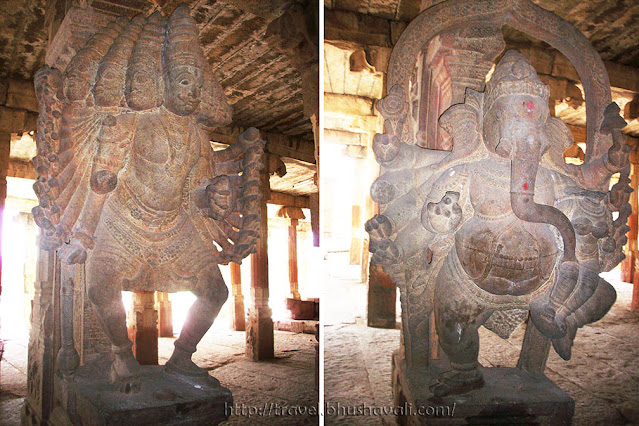



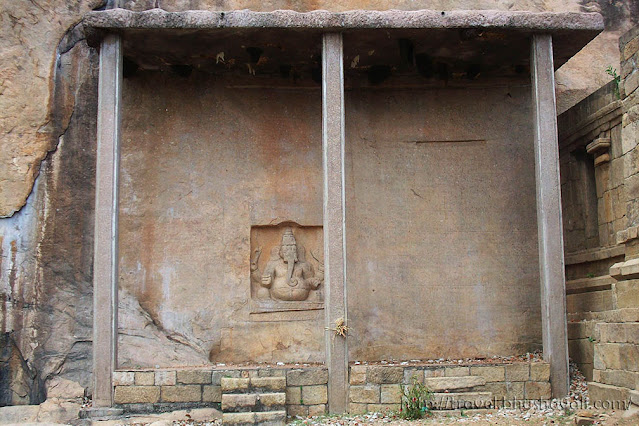




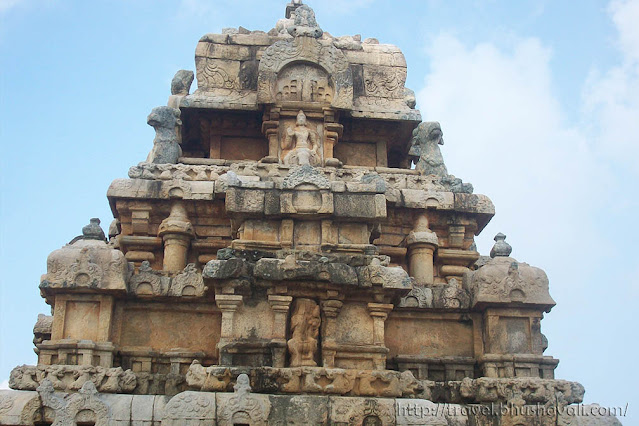

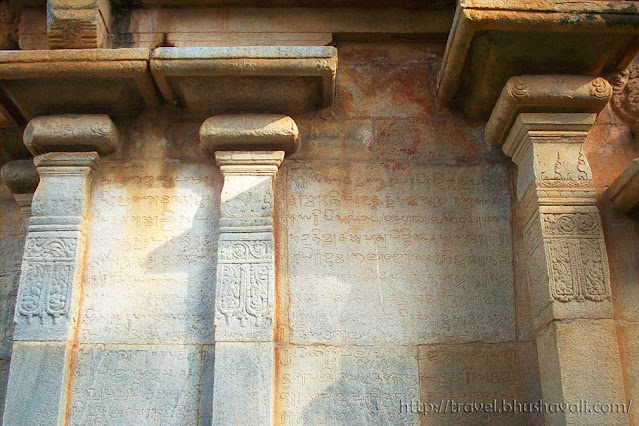
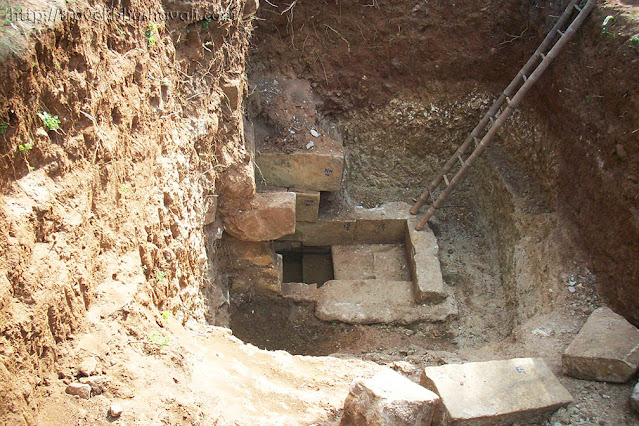


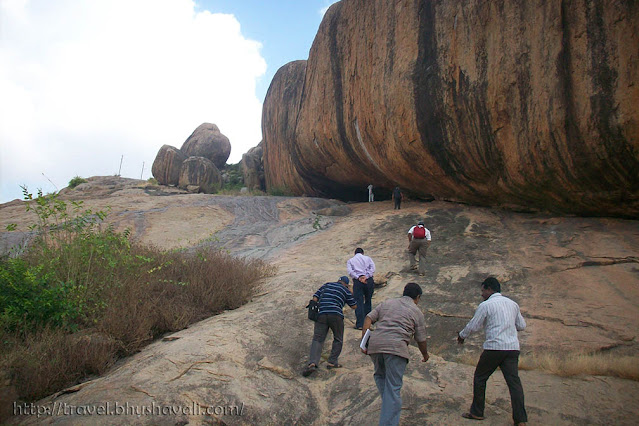

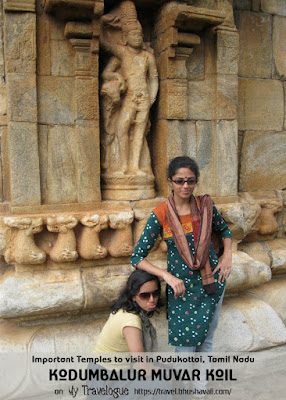





Keep exploring. Thats a good find.
ReplyDeletehttp://rajniranjandas.blogspot.in/2012/02/coconut-man.html
Thank you Niranjan!!!
DeleteSad that a sculpture of a cow with such grace & quality is left without any care to degrade :(
ReplyDeleteIt would be fine if just the pond is cleaned up!!! :(
DeleteThe beehive and the Cow are amazing.
ReplyDeleteThank you. :)
DeleteVery nice..!
ReplyDeletebeautifully narrated....
ReplyDeletenice photos...
Thank you. :)
Delete